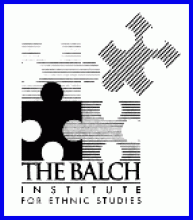African Americans from all over the world trained at Camp William Penn. The 43rd USCT Regiment alone contained former slaves from the deep South, free blacks from Lancaster County, sailors from the West Indies, tradesmen from Canada, and even one soldier born in England. This diversity meant that the camp was more than a training ground; it was a place of cultural exchange, misunderstandings, and turmoil. Throughout the nearly two years Camp William Penn trained USCT soldiers, the men took part in celebrations, patriotism, protests, and violence, all as they prepared for battle.
This lesson will focus on the experiences of soldiers at Camp William Penn, largely outside of their training. It examines the community of men and their frequent conflicts, not only among themselves, but also with the camp’s neighbors.



